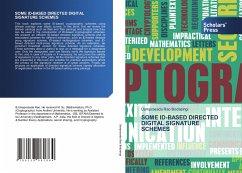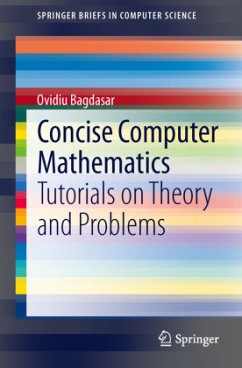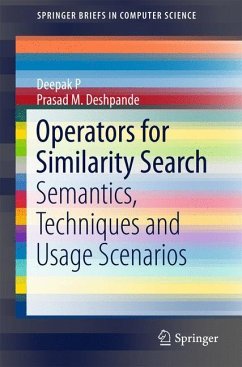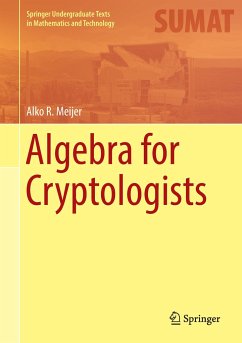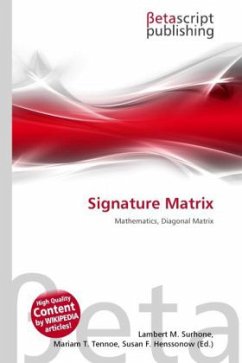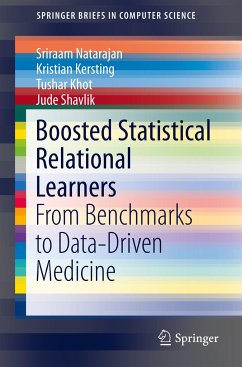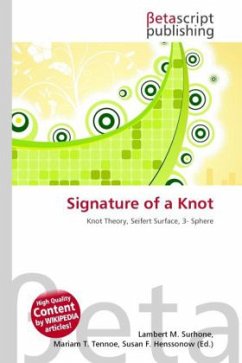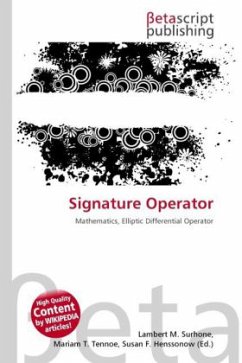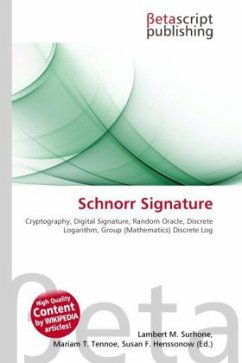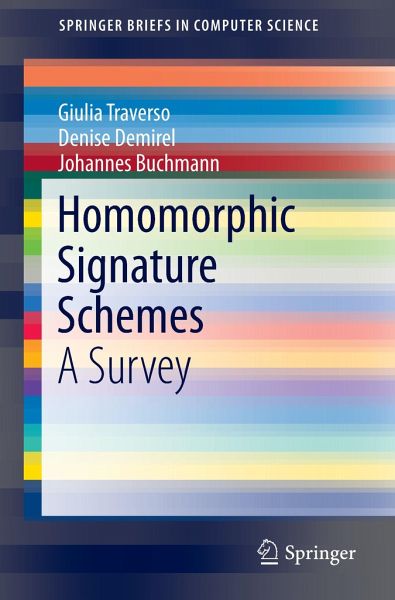
Homomorphic Signature Schemes
A Survey

PAYBACK Punkte
19 °P sammeln!
Homomorphic signature schemes are an important primitive for many applications and since their introduction numerous solutions have been presented. Thus, in this work we provide the first exhaustive, complete, and up-to-date survey about the state of the art of homomorphic signature schemes. First, the general framework where homomorphic signatures are defined is described and it is shown how the currently available types of homomorphic signatures can then be derived from such a framework. In addition, this work also presents a description of each of the schemes presented so far together with ...
Homomorphic signature schemes are an important primitive for many applications and since their introduction numerous solutions have been presented. Thus, in this work we provide the first exhaustive, complete, and up-to-date survey about the state of the art of homomorphic signature schemes. First, the general framework where homomorphic signatures are defined is described and it is shown how the currently available types of homomorphic signatures can then be derived from such a framework. In addition, this work also presents a description of each of the schemes presented so far together with the properties it provides. Furthermore, three use cases, electronic voting, smart grids, and electronic health records, where homomorphic signature schemes can be employed are described. For each of these applications the requirements that a homomorphic signature scheme should fulfill are defined and the suitable schemes already available are listed. This also highlights the shortcomings of current solutions. Thus, this work concludes with several ideas for future research in the direction of homomorphic signature schemes.



